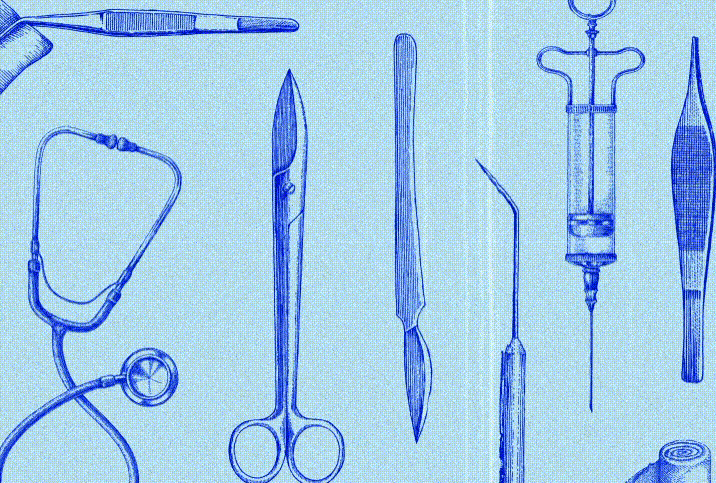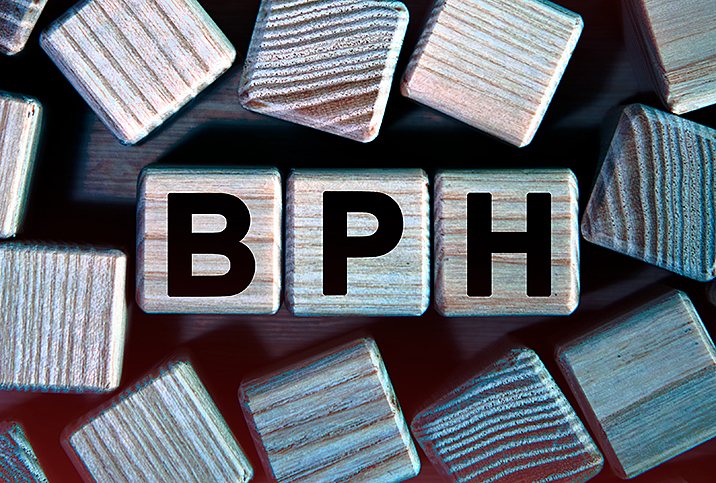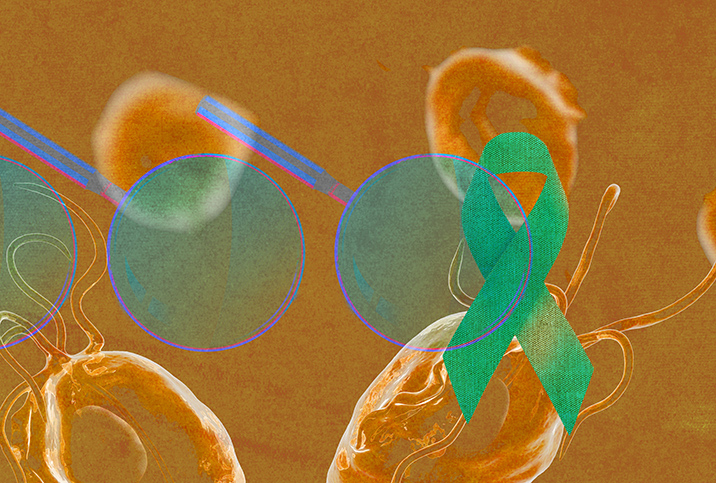BPH Prevention and Treatment Explained

Benign prostatic hyperplasia (BPH) is a condition many older men experience in which their prostate gland grows in size. It's noncancerous but is often associated with lower urinary tract symptoms (LUTS), thus the urological community generally refers to it as LUTS/BPH.
Can you do anything about benign prostatic hyperplasia prevention?
What is BPH?
The enlargement of the prostate gland as men age is a common phenomenon, affecting 50 percent of men by age 60, and 90 percent of them by age 85. The common trope about older men frequently needing to use the bathroom or having trouble peeing is well-founded in reality.
The condition causes urinary issues because the prostate partially surrounds the beginning of the urethra, where urine is passed from the bladder to be expelled through the penis. It can also cause ejaculation to be painful and contribute to erectile dysfunction (ED).
How is BPH treated?
Luckily, the study of LUTS/BPH has yielded perhaps more alternatives for treatment than almost any other condition out there.
"The treatment of BPH can be really exciting because there are a lot of different options," said Amy Pearlman, M.D., a men's health specialist and co-founder of Prime Institute in Fort Lauderdale, Florida. "But it can also make it overwhelming. Some patients wonder why their healthcare provider offers this and not that, but the reality is there are like 30 different options."
The three main classes of BPH drugs include alpha blockers, alpha-reductase inhibitors and phosphodiesterase-5 (PDE5) inhibitors.
Alpha blockers
This commonly prescribed class of BPH drugs relaxes the muscles in the prostate gland, thus getting it to loosen its grip on the urethra.
The most common alpha blockers include:
- tamsulosin (Flomax)
- terazosin
- silodosin
- alfuzosin
- doxazosin
One of the most common side effects men who take alpha blockers for BPH experience is called retrograde ejaculation. This occurs when the bladder sphincter, which shuts off access to the bladder during ejaculation, relaxes with the prostate muscles. Instead of closing at the time of ejaculation as it's meant to do, it remains open, allowing the semen to take the path of least resistance.
Instead of going out of the end of the penis, the semen passes into the bladder to be urinated out later.
It's not dangerous and it's not painful. It can be a little weird to have a "dry orgasm," and if the man's semen isn't leaving his body, that's obviously going to make fertility more of a challenge. Just as importantly, retrograde ejaculation can be sexually distressing for some men.
"For a lot of people, ejaculate coming out of the tip of their penis is a big part of their sexual experience," Pearlman said. "We never want to make an assumption that, say, just because a patient is 80 years old, he shouldn't care about ejaculatory dysfunction."
Alpha-reductase inhibitors
This class of drugs prevents an enzyme in the body from converting testosterone into an even more potent male hormone called dihydrotestosterone (DHT). The drugs include finasteride and dutasteride, which are used to treat male-pattern hair loss.
Reducing the body's ability to produce DHT can help slow the growth of the prostate gland, but it can come with significant side effects.
Years of studies have suggested ED is a common side effect of these drugs.
In addition, new evidence is emerging about a condition called post-finasteride syndrome, in which these sexual side effects persist long after patients stop taking the drug.
"Patients really need to be counseled about being on these alpha-reductase inhibitors and how that can potentially permanently cause issues," Pearlman said.
Phosphodiesterase-5 (PDE5) inhibitor
This BPH medication is generically called tadalafil, but the most well-known brand name is Cialis. Tadalafil has proven to be effective for some men in dealing with their LUTS/BPH issues, as it's been shown in multiple studies to help relax the prostate gland and the bladder, thus allowing for easier urine flow.
It's a well-known ED drug, making it particularly useful in this circumstance.
"The great thing about [tadalafil] is it can kill two birds with one stone," Pearlman said. "For any of these guys who want to optimize their sexual health and improve their urinary symptoms, you can put most of them on daily Cialis (5 milligrams), and it can improve both without having the risk of causing ED or retrograde ejaculation."
Minimally invasive surgical treatment options for BPH
The options for treating LUTS/BPH expand once you start considering the minimally invasive types of surgery available.
"When we talk about the AUA guidelines on minimally invasive surgery—that means no incision, so we're going in through the urethra—there are nine therapies listed," Pearlman said. "And another one just came out that's being offered at a lot of centers but is not yet in the guidelines. So that's 10, and that's not even all of the options."
Some of the most common of these treatments include the following:
- Transurethral resection of the prostate (TURP). The urologist inserts an instrument called a resectoscope through the urethra that allows them to remove prostate tissue.
- Transurethral incision of the prostate (TUIP). Also going in through the urethra, the urologist makes two small incisions in the prostate tissue and where the bladder neck and urethra connect, widening the urethra and allowing it more space to pass urine.
- Transurethral electrovaporization. In this procedure, the urologist uses an electrode to superheat the prostate tissue, vaporizing it and turning it into steam.
- Greenlight laser. Similar to transurethral electrovaporization, the urologist uses a specially designed laser to evaporate some prostate tissue around the urethra.
- Holmium enucleation of the prostate (HoLEP). HoLEP is a new type of laser surgery that is used to cut and remove obstructive parts of the prostate.
Given the many options—they all involve their own unique learning curve and expensive equipment—patients shouldn't be surprised or upset if their provider doesn't readily recommend every single one, Pearlman said.
"A lot of people are learning HoLEP now, which can lead to really good results," she said. "So why doesn't everyone offer it? Because it's really challenging to get good at it. So you have to struggle a lot and do a lot of cases to get good. And some people, if they're not seeing these BPH patients on a regular basis, it can take a really long time to get good."
This is another opportunity for patients to educate themselves on all the options and actively participate in their treatment. Be sure to thoroughly discuss any concerns with your provider.
What can happen if BPH goes untreated?
Untreated BPH can lead to a lot of unnecessary complications. A prostate that continues to grow to the point where it actually blocks the flow of urine or reduces it to a trickle can lead to the following issues:
- Recurrent UTIs
- Urinary retention
- Bladder infections
- Kidney infections
- Kidney stones
- Blood in the urine
- Permanent kidney damage
While the annoyance of LUTS/BPH certainly isn't any fun, trying to ignore it will only make things worse.
Conclusions
LUTS/BPH is a prevalent condition in older men and will affect about 100 percent of them if they live long enough. It's time the conversation around the condition turns from the, "Whoops, grandpa has to go pee again" jokes to the wealth of treatment options available.


















